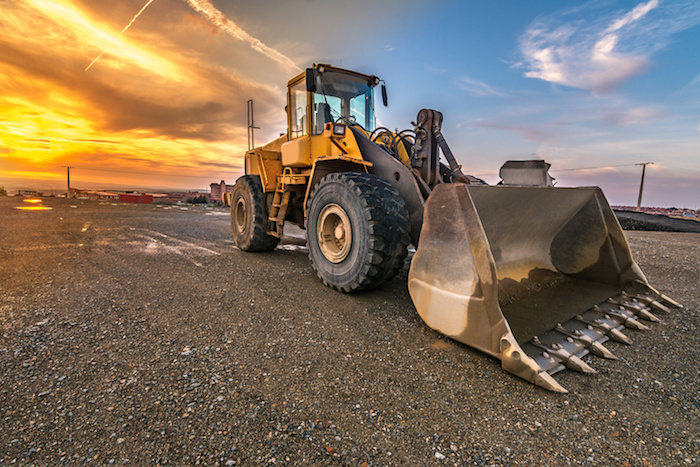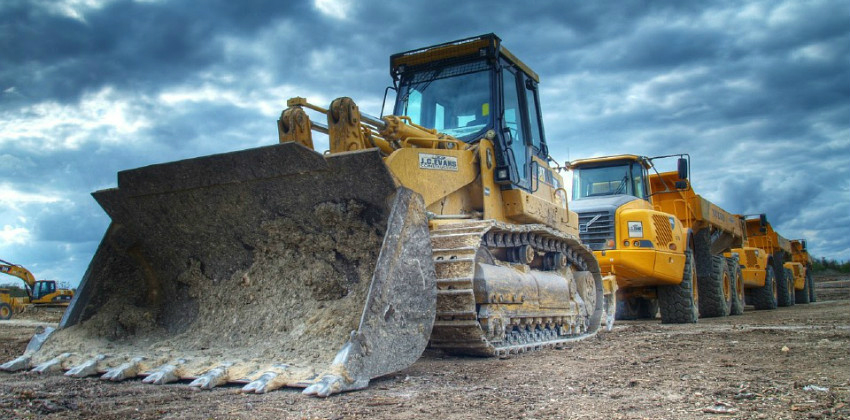Find the very best Rental Company Near Me for Equipment
Find the very best Rental Company Near Me for Equipment
Blog Article
Renting Vs. Buying Construction Devices: Making the Right Choice for Your Job
When beginning on a building task, one of the essential decisions that predict supervisors and stakeholders deal with is whether to rent out or purchase building tools. The choice hinges on various elements such as price considerations, job period, tools upkeep, versatility, scalability, and danger monitoring.
Price Factors To Consider
Renting out equipment usually requires lower preliminary repayments contrasted to purchasing, making it an eye-catching alternative for temporary projects or professionals with spending plan constraints. In the lengthy run, continuously renting out tools can accumulate higher expenses than buying, particularly for extended projects.
On the other hand, purchasing building devices includes greater upfront prices yet can result in lasting savings, specifically for long-term tasks or constant users. Having equipment provides adaptability, benefit, and the possibility for resale value once the job is completed. Additionally, possessing equipment enables personalization and experience with particular equipment, possibly boosting effectiveness and productivity on-site. Inevitably, the decision in between acquiring and leasing construction tools rests on the job's period, regularity of use, spending plan considerations, and long-term economic objectives.
Project Period

On the other hand, for long-term jobs or ongoing building and construction work, purchasing tools could be the more affordable choice. Getting tools can result in set you back savings in the lengthy run, specifically if the devices will be frequently utilized. Additionally, owning equipment gives a sense of control over its schedule and enables modification to fit specific task demands.

Tools Upkeep
Provided the critical function project duration plays in figuring out the most cost-effective method in between acquiring and renting out building and construction devices, the emphasis now shifts in the direction of taking a look at the necessary aspect of tools maintenance. On the other hand, possessing devices requires a positive approach to maintenance to protect against breakdowns, ensure safety and security, and prolong the devices's life expectancy. Ultimately, a properly maintained construction devices fleet, whether rented out or possessed, is important for the successful and effective conclusion of building and construction jobs.
Versatility and Scalability
In the realm of construction equipment monitoring, the element of flexibility and scalability holds significant significance for task effectiveness and resource use. Opting to lease building devices offers a high degree of adaptability as it permits the quick change of equipment kinds and amounts based upon the progressing demands of a job. Renting out makes it possible for service providers to access a large range of specialized tools that might be needed for specific jobs without the lasting dedication of ownership. This versatility is especially useful for projects with varying requirements or uncertain periods (rental company near me).
Furthermore, scalability, another crucial factor, is inherently linked to versatility. Renting out construction equipment offers the advantage of easily scaling operations up or down as job demands fluctuate. Specialists can rapidly include or exchange tools to match the task's explanation altering requirements without the restrictions of having possessions that might come to be underutilized or out-of-date. This capacity to range resources effectively can result in cost savings and enhanced job timelines, making renting a beneficial option for jobs needing adaptability and responsive source appropriation.
Danger Administration
Effective risk administration in construction equipment procedures is vital to ensuring job success and mitigating possible economic losses. Construction jobs inherently include various threats, such as tools breakdowns, mishaps, and job hold-ups, which can considerably affect the task timeline and spending plan. By meticulously considering the risks connected with owning or leasing building devices, task supervisors can make educated choices to decrease these potential risks.
Renting building equipment can offer a degree of danger reduction by transferring the responsibility of repair and maintenance to the rental company. This can lower the monetary concern on the project proprietor in instance of unforeseen devices failures (boom lift rental). In addition, leasing provides the articulating loader versatility to gain access to specific devices for certain task stages, minimizing the risk of possessing underutilized equipment
On the other hand, having building tools gives a sense of control over its use and upkeep. Nevertheless, this additionally indicates bearing the complete duty for repairs, maintenance costs, and devaluation, enhancing the monetary risks associated with devices ownership. Careful threat evaluation and consideration of aspects such as job duration, equipment usage, and upkeep demands are crucial in establishing one of the most ideal alternative for efficient risk monitoring in building tasks.
Conclusion
To conclude, when choosing between getting and renting construction devices, it is essential to consider cost, task duration, tools upkeep, scalability, flexibility, and risk monitoring. Each variable plays an essential function in establishing the most ideal option for the project handy. By carefully assessing these facets, job managers can make an educated choice that aligns with their budget plan, timeline, and total project objectives.

Report this page